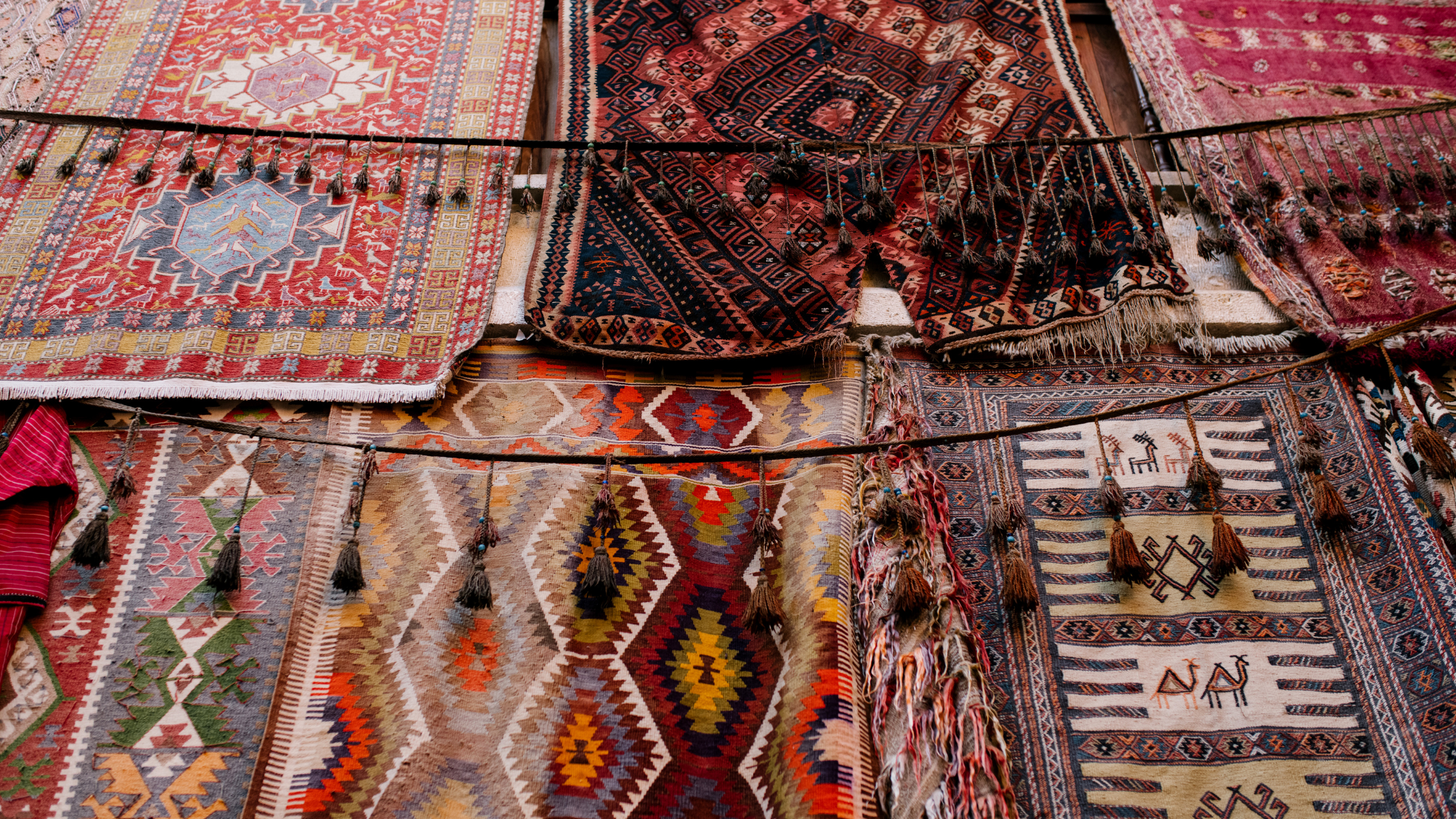Rugs have been a major aspect of our culture for thousands of years and serve not just as practical objects to provide warmth and comfort, but also as artistic representations of culture. Through time the rug’s evolution has reflected the larger shifts in technology, society and aesthetics. Modern and traditional rug designs represent two distinct periods of rug-making, each one characterized by distinctive designs techniques, designs, and significance. This essay focuses on the distinctions between modern and traditional rugs and focuses on elements like materials, styles production techniques, and the significance of culture.
1. Materials and Craftsmanship
One of the biggest distinctions between modern and traditional rug designs is the material and the techniques used to create them. Traditional rugs are usually constructed using natural fibers like silk, wool or cotton. These fibers are valued for their strength, durability and capacity for holding dye. This is crucial to the vibrant colors you see in a variety of traditional rugs. The art of creating these rugs is extremely laborious typically involving hand-knotting, or hand-weaving methods that have been handed down from generation to generation.
Modern carpets are typically made of synthetic materials such as nylon, polypropylene or polyester. They are chosen because of their low cost as well as their ease of cleaning and durability to wear and wear and. Modern rug production typically includes tufting or machine weaving which means faster production and lower prices. However, this shift to manufacturing with synthetic material has resulted in an erosion of the craft and distinct character that distinguish traditional rug designs.
2. Design and Aesthetics
The style and aesthetics of modern and traditional rug designs are another place where distinct differences are evident. Traditional rugs typically feature intricate designs and patterns that are deeply rooted in religions and practices of the region in which they are created. For instance, Persian rugs are known for their intricate patterns of flowers and symbols as well as symbolic motifs. Turkish rug designs may include geometric patterns or designs that represent fertility and protection as well as other themes of culture. These designs aren’t just ornamental; they usually have important meanings and represent the history of weavers.
Contemporary rugs on contrary tend to focus on simplicity and abstract designs. The minimalist style that is often found in contemporary carpets is a reflection of the current trends in interior design that are characterized by clean lines and neutral shades. Although some modern rugs include traditional patterns but they are usually transformed in a manner that is more in tune with modern trends. The focus is in aesthetics and integration with contemporary living spaces than on the symbolic or cultural significance.
3. Production Methods
The methods employed for the creation of modern and traditional rug styles also show the distinctions between them. Traditional rugs are usually made by hand and could take months or years to finish, depending on the dimensions and extent that the rug. This labor-intensive process is just one of the reasons traditional rugs are usually considered precious and valuable items. The fact that they are made by hand rug ensures that there are no two rugs exactly similar, with every rug bearing the distinct mark of the weaver’s expertise and imagination.
Modern carpets are usually made with automated processes that dramatically cut down on the time and expense associated with their production. Rugs made by machines can be created rapidly and in large quantities and are therefore more appealing to a greater number of people. But this efficiency can be a drawback to the distinctiveness and skill which are the hallmarks of traditional rug designs. The uniformity and accuracy of rugs made by machines can be deficient in authentic warmth people are drawn to in handcrafted traditional rug.
4. Cultural Significance and Value
The significance of culture and the significance of the traditional and contemporary rugs differ significantly. Rugs from the traditional era are usually viewed as artifacts of culture, expressing the beliefs, history and traditions of the artistic communities of the areas in which they were produced. For instance, a traditional Navajo rug could be a record of the weaver’s past and an Persian rug might represent the achievements of an artist from the time period in Iranian time. These rugs are usually handed down from generation to generation as family heirlooms, and are highly prized for their significance in the context of history and culture.
Rugs that are modern, though appreciated because of their beauty, usually don’t have the same cultural significance. They are usually thought of as ornaments that are meant to be a part of modern interiors, not as a source of cultural heritage. There is however a rising trend towards the recognition of contemporary rug design as a art design in its own right with some modern rugs considered collectibles. This is indicative of larger shift in how people see and appreciate different types of design and art in an ever-changing world.
5. Market and Consumer Preferences
The market for modern and traditional rug styles is affected by different consumer preferences. Rugs of the past are desired by connoisseurs and collectors and people who appreciate the past and craftmanship behind them. These rugs are expensive, particularly in the case of antiques or produced by well-known artisans. The demand for rugs made from traditional materials is motivated by the need for authenticity as well as an enduring connection to the past.
On the other hand contemporary rugs are popular with a different group of people typically younger buyers who value the affordability, style and functionality. The contemporary rug market is more trendy with styles that are constantly changing to reflect the most current fashions in interior design. This has resulted in an increasingly dynamic and easily accessible market where buyers have a variety of choices to meet their individual tastes and budgets.
Conclusion
In the end Traditional and contemporary rug designs differ in many key aspects, including the materials used designs, manufacturing methods as well as their cultural significance and appeal to the market. Traditional carpets are deeply grounded in the historical and artistic traditions of their respective regions typically hand-crafted using natural materials, and are infused with meaning symbolic. Modern rugs, on the other hand reflect modern trends in design and focus on simplicity, value and functionality. Although the two kinds of rugs have different functions and are appealing to different kinds of audiences Both continue to be a major part of the realm of interior design and expression.





